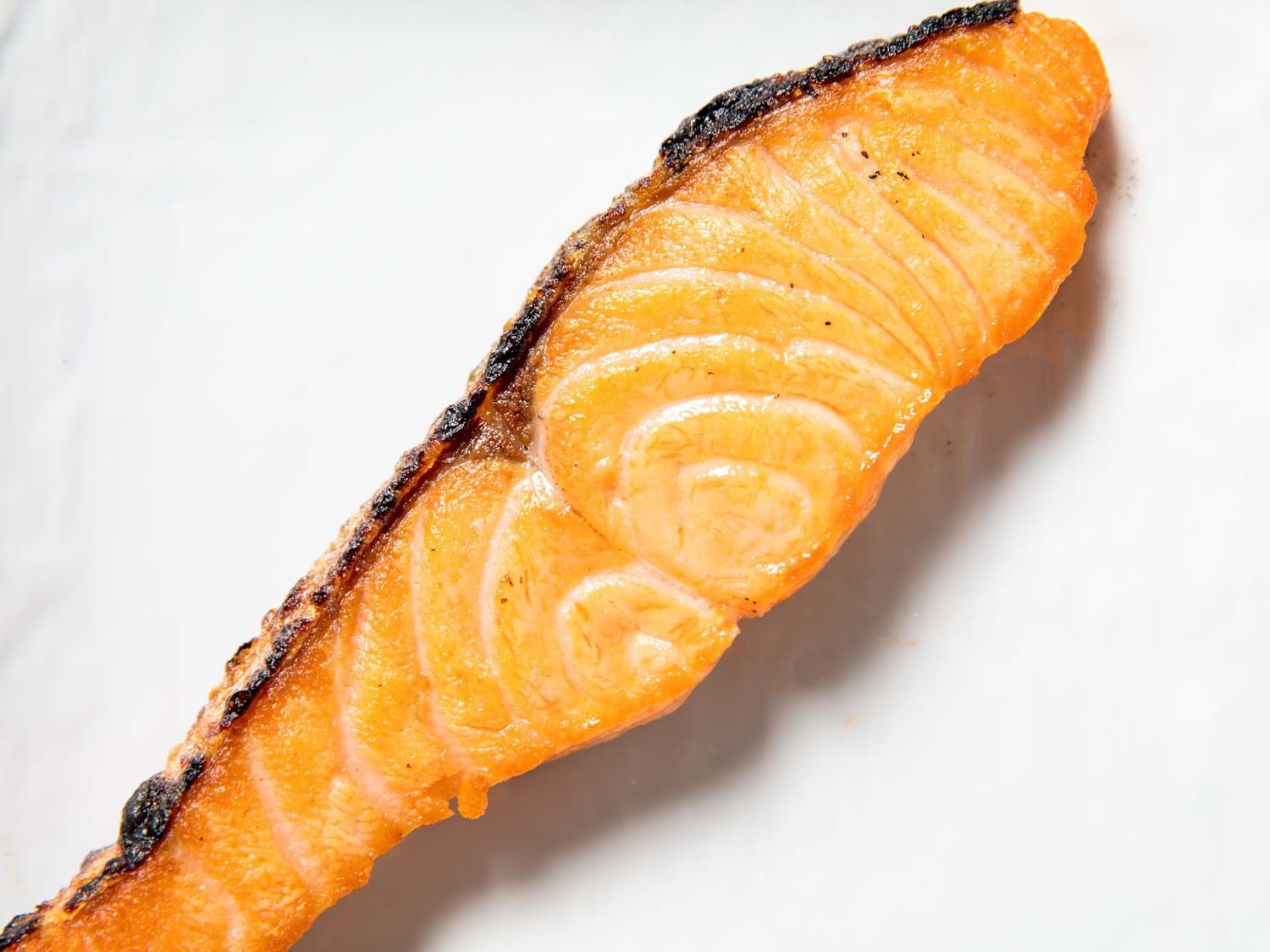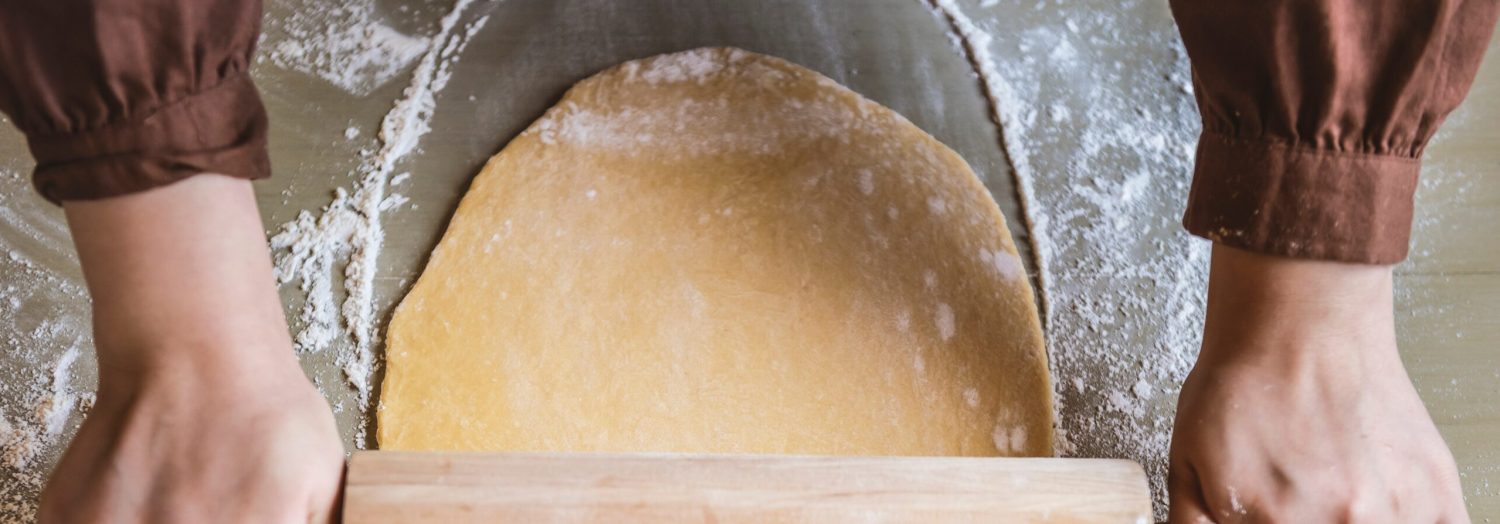Japanese salted salmon, or shiozake, is a simple yet flavorful dish that highlights the natural taste of salmon. This traditional Japanese recipe involves curing the fish with salt to enhance its umami flavor, making it a perfect accompaniment to a bowl of steamed rice and vegetables.
The ingredients for this recipe are quite straightforward. The key component is fresh salmon fillets. Make sure to choose high-quality, fresh fillets for the best results. The only other ingredient is salt, which is used to cure the salmon and bring out its natural flavors. Both of these should be easily available at any supermarket.

Ingredients for Japanese Salted Salmon (Shiozake)
Salmon: Fresh fillets are essential for the best flavor and texture.
Salt: Used to cure the salmon and enhance its natural umami flavor.
Technique Tip for Making Shiozake
When preparing salmon for shiozake, ensure that you use a coarse salt like kosher salt. This type of salt adheres better to the fish and draws out moisture more effectively, which enhances the flavor and texture of the fillets.
Suggested Side Dishes
Alternative Ingredients
Salmon - Substitute with trout: Trout has a similar texture and flavor profile, making it a good alternative for salmon in this recipe.
Salmon - Substitute with arctic char: Arctic char has a rich, fatty flesh similar to salmon, providing a comparable taste and mouthfeel.
Salt - Substitute with soy sauce: Soy sauce can add a similar level of saltiness along with a depth of umami flavor, enhancing the overall taste of the dish.
Salt - Substitute with miso paste: Miso paste offers a salty and savory flavor, adding complexity to the salmon while maintaining the desired saltiness.
Alternative Recipes Similar to Shiozake
How to Store or Freeze Shiozake
Allow the salmon to cool completely at room temperature before storing. This prevents condensation, which can lead to sogginess and spoilage.
Wrap each salmon fillet individually in plastic wrap or aluminum foil. This helps to maintain freshness and prevents the fillets from sticking together.
Place the wrapped salmon fillets in an airtight container or a resealable plastic bag. If using a plastic bag, try to remove as much air as possible before sealing.
Label the container or bag with the date to keep track of how long the salmon has been stored.
Store the salmon in the refrigerator if you plan to consume it within 2-3 days. For longer storage, place the container or bag in the freezer.
When freezing, ensure the salmon is stored in the coldest part of the freezer to maintain its quality. The salmon can be frozen for up to 2-3 months.
To thaw frozen salmon, transfer it to the refrigerator and let it thaw slowly overnight. This helps to preserve the texture and flavor.
For a quicker thawing method, place the wrapped salmon in a bowl of cold water. Change the water every 30 minutes until the salmon is fully thawed.
Avoid refreezing salmon once it has been thawed, as this can affect the texture and taste.
Reheat the salmon gently in the oven at a low temperature or in a microwave on a low setting to prevent it from drying out. Serve with fresh vegetables and rice for a complete meal.
How to Reheat Leftovers
Oven Method: Preheat your oven to 275°F (135°C). Place the leftover salmon on a baking sheet lined with parchment paper. Cover the salmon with foil to keep it moist. Heat for about 15 minutes or until warmed through. This method helps retain the salmon's moisture and flavor.
Stovetop Method: Heat a non-stick skillet over medium-low heat. Add a small amount of olive oil or butter to the pan. Place the salmon fillets in the skillet and cover with a lid. Heat for about 5-7 minutes, flipping halfway through, until the salmon is warmed through. This method is quick and keeps the salmon tender.
Microwave Method: Place the salmon on a microwave-safe plate. Cover with a microwave-safe lid or a damp paper towel to prevent drying out. Heat on medium power for 1-2 minutes, checking every 30 seconds to avoid overcooking. This method is the fastest but can sometimes dry out the salmon if not monitored closely.
Steaming Method: Fill a pot with a small amount of water and bring it to a simmer. Place the salmon in a steamer basket over the simmering water. Cover and steam for about 5-7 minutes or until heated through. This method preserves the salmon's moisture and delicate texture.
Sous Vide Method: Set your sous vide machine to 130°F (54°C). Place the salmon in a vacuum-sealed bag or a resealable bag with the air removed. Submerge the bag in the water bath and heat for about 20-30 minutes. This method ensures even reheating and maintains the salmon's original texture and flavor.
Best Tools for Preparing Shiozake
Baking sheet: A flat, rectangular metal pan used to hold the salmon fillets while they bake in the oven.
Parchment paper: A non-stick paper used to line the baking sheet, preventing the salmon from sticking and making cleanup easier.
Paper towels: Used to pat the salmon fillets dry after rinsing, ensuring the salt adheres properly.
Measuring spoons: Used to measure out the 2 tablespoons of salt accurately.
Oven: The appliance used to bake the salmon fillets at the specified temperature.
Tongs: Handy for placing and removing the salmon fillets from the baking sheet without breaking them apart.
Timer: Essential for keeping track of the 10-minute resting period and the 15-minute baking time.
Serving plate: Used to present the cooked salmon fillets alongside rice and vegetables.
How to Save Time on Making Shiozake
Prepare in advance: Rinse and pat dry the salmon fillets the night before, then sprinkle with salt and refrigerate.
Use parchment paper: Line the baking sheet with parchment paper for easy cleanup.
Preheat oven early: Start preheating the oven while the salmon sits at room temperature.
Batch cooking: Cook extra salmon fillets and store them for future meals.
Quick sides: Prepare rice and vegetables while the salmon bakes to save time.

Japanese Salted Salmon (Shiozake) Recipe
Ingredients
Main Ingredients
- 4 fillets Salmon about 6 oz each
- 2 tablespoon Salt
Instructions
- 1. Rinse the salmon fillets and pat them dry with paper towels.
- 2. Sprinkle salt evenly over both sides of the salmon fillets.
- 3. Place the salmon fillets on a baking sheet lined with parchment paper.
- 4. Let the salmon sit at room temperature for 10 minutes.
- 5. Preheat the oven to 400°F (200°C).
- 6. Bake the salmon for 15 minutes or until cooked through.
- 7. Serve hot with rice and vegetables.
Nutritional Value
Keywords
Suggested Appetizers and Desserts for This Dish
More Amazing Recipes to Try 🙂
- Japanese Rice Noodle Recipe25 Minutes
- Japanese Snap Pea Recipe15 Minutes
- Japanese Cloud Cake Recipe1 Hours
- Japanese Ginger Tea Recipe15 Minutes
- Japanese Vegetable Fritter (Kakiage) Recipe25 Minutes
- Japanese Mackerel Recipe25 Minutes
- Japanese Ginger Pork Recipe25 Minutes
- Japanese Cherry Blossom Jelly Recipe20 Minutes

Leave a Reply